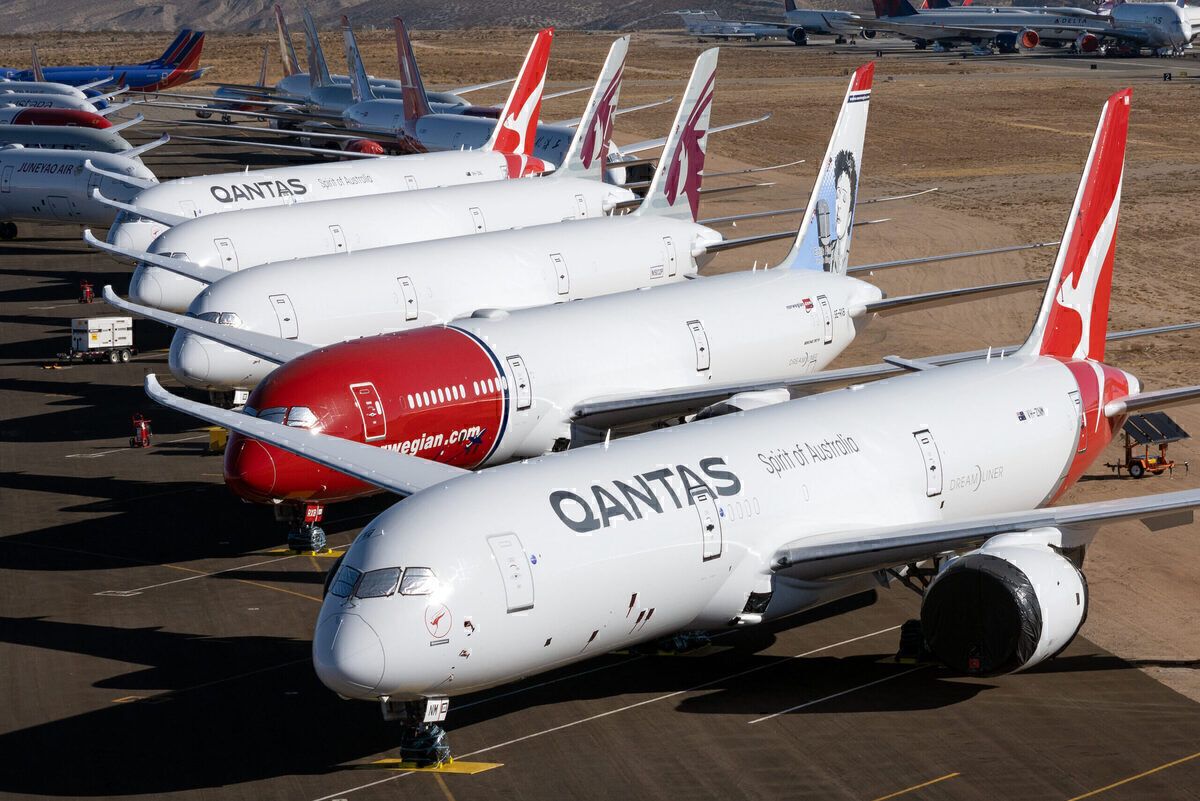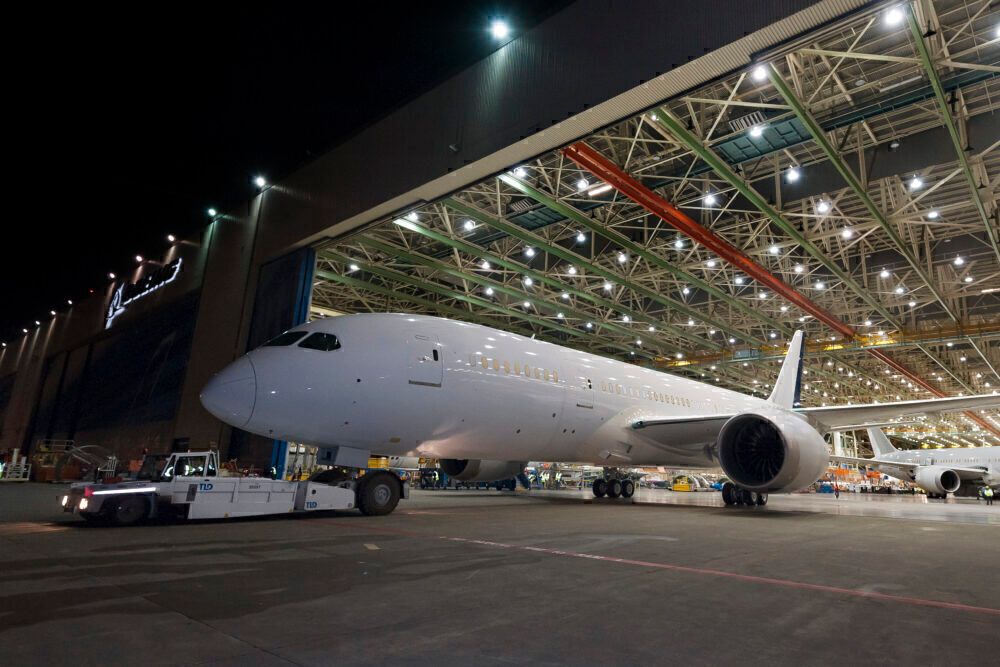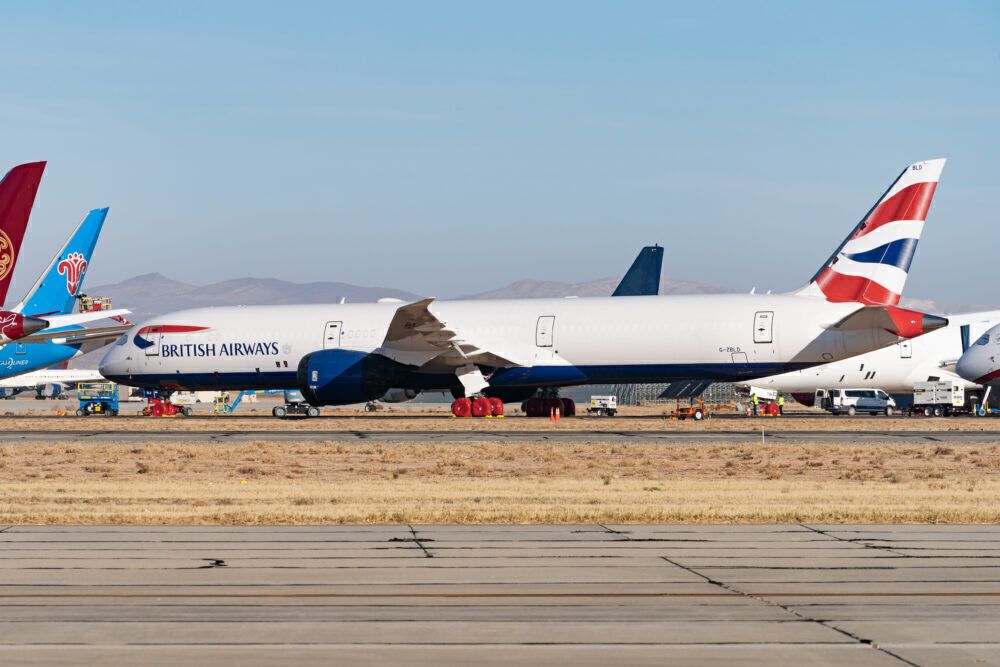Boeing is working hard to fix the issues with its 787 Dreamliner, and says that the process of undertaking the rework is getting more efficient every day. With this, the planemaker says that it intends to deliver the majority of the 100 aircraft in its inventory before the end of the year. But with COVID-induced border restrictions causing logistical problems, is this a realistic target?
100 Dreamliner deliveries before 2022
The 787 Dreamliner has been something of a thorn in the side of planemaker Boeing, particularly in recent months. The problems with the fit and finish with its fuselage joins have seen deliveries halted, something Boeing CEO Dave Calhoun described during the planemaker’s earnings call today as “nagging problems.”
However, Boeing has worked hard to get these issues fixed once and for all. With deliveries restarted last month, the Dreamliner output is back online. Speaking at today’s earnings call, Calhoun set out his ambitions for the stored inventory of 787 Dreamliners. He said,
“We have delivered a total of nine 787s since restarting deliveries last month with potentially a couple more by the end of this week. What we know today is that we still expect to deliver the majority of the 787 aircraft currently in inventory by the end of the year.”
The stored inventory of 787s is not insubstantial. Boeing estimates that around 100 aircraft are awaiting delivery to customers. While that’s nothing like the number of 737 MAX the manufacturer is working on getting out of the door, it still represents a substantial backlog.
Outgoing CFO Greg Smith added some color to the target of getting all these Dreamliners delivered by year-end, saying,
“Right now, we've got a schedule lined up with by tail number, by month, by customer that gets the majority of the 100 inventoried aircraft delivered by the end of the year.
“That could move around from customer to customer, but we're trying to stay ahead of that and stay in very engaged with our customers around very specific time frames in which we will be making our delivery and all that have lined up with how we do the rework and … complete the final deliveries.”
Although airlines are likely less than keen to take additional widebodies in the present environment, these are orders that have been outstanding for some time. Airlines may be able to negotiate deferrals on unbuilt orders relatively easily, but to put off deliveries for an aircraft already built will be much more difficult.
Stay informed: Sign up for our daily and weekly aviation news digests.
The fix is not holding up deliveries
The rate at which Boeing can get these Dreamliners out to its customers is not being dictated by the time taken to fix the aircraft. Indeed, Smith said that the teams completing the rework are getting more efficient with every aircraft, something he described as “coming down a learning curve.”
What will potentially scupper the plan for this high rate of deliveries is the situation with travel and getting crews in to take the airplanes. Calhoun explained,
“This is more about how the airplanes move from position to position as opposed to the applied work itself. At the end of the day, we're going to be at a rate probably this month of 10 or 12 airplanes and that just demonstrates that that's what we can do. We will hold that rate for as long as we can, depending on customers and their ability to get in and take deliveries.
“The trick in this one is the logistics of all of the customers coming in and out and then how we move these planes through position. The applied work itself, that's pretty clear and it's getting more productive every day. So, we're in a pretty good place on that front.”
Pandemic factors notwithstanding, Boeing seems to be in a good position to accelerate the release of these widebody aircraft. With eight months left in the year, Boeing will need to maintain a delivery rate of at least 12 aircraft per month, on average, if it is to meet its 100 aircraft goal.



